Canon EOS R6 Mark II review: pro performance in smaller form
Canon’s enthusiast-targeted full-frame camera gets an upgrade with the EOS R6 Mark II, but does it really deliver a performance that snaps at the heels of its flagship EOS R3?

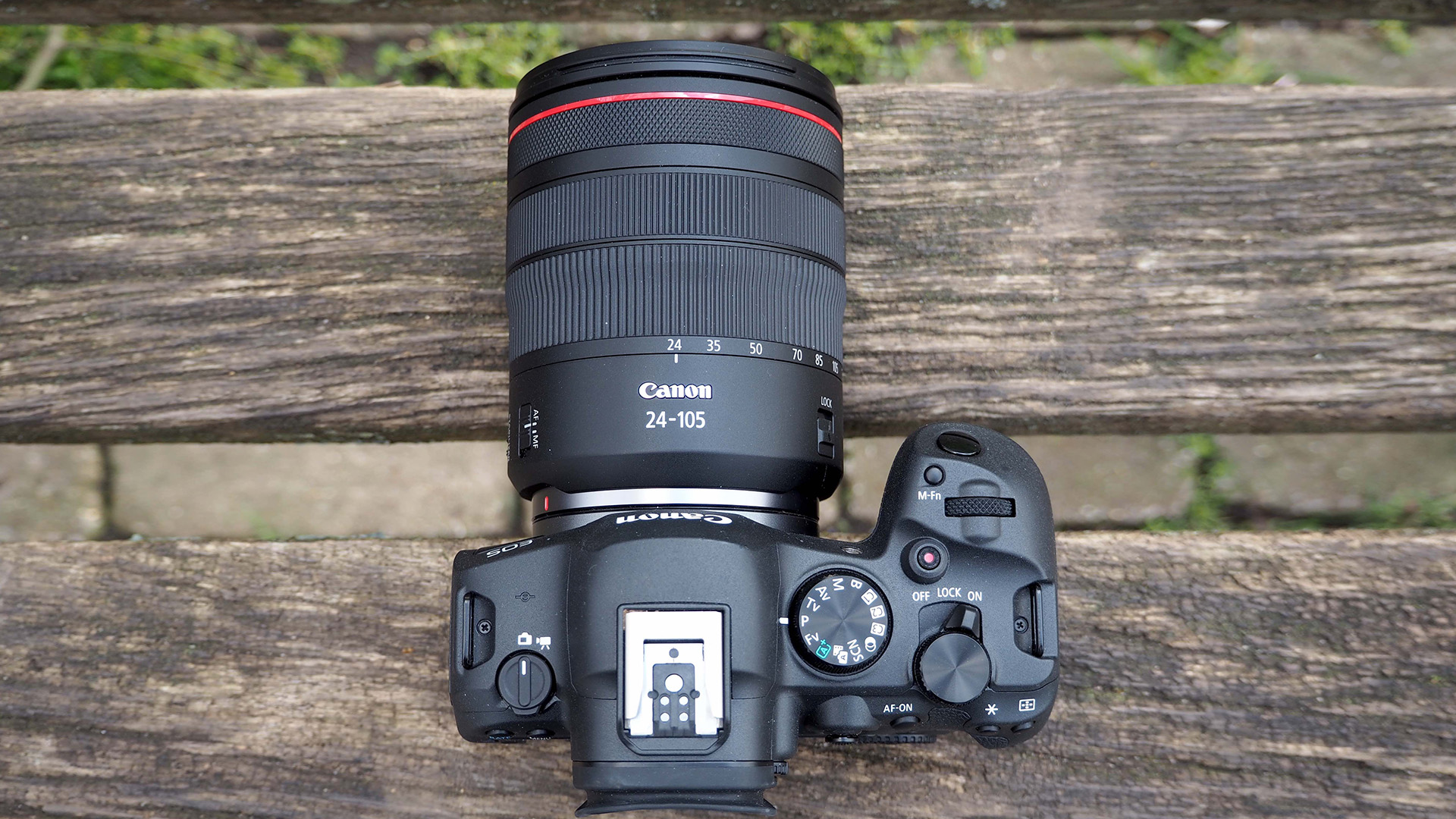
The tweaks to the full-frame sensor in the EOS R6 Mark II ensure that it will continue to appeal to the advanced amateur, while its 40fps top shooting speed and up to 6K video resolution push it further towards professional territory. In fact, it butts up against the likes of Canon’s own flagship EOS R3 in terms of core spec, while providing a more affordable, if still reassuringly pricey, alternative.
-
+
DSLR-like responses
-
+
Up to 40fps in electronic shutter mode
-
+
An ever-expanding variety of lenses and accessories
-
+
High-resolution stills and video
-
-
Lenses and accessories can add up, if you’re not already a Canon user
Why you can trust T3

A shrinking market for DSLRs over the past five years has prompted Canon to switch focus to produce some of the best mirrorless cameras. As the name suggests, the EOS R6 Mark II updates the original R6. Canon hasn’t thrown the baby out of the bathwater with the newer model, however, stating that its intention was always to take what was good about the R6 and make it better. I’ll examine its covetable features in a moment.
To enjoy a wide range of shooting opportunities, I had a compatible RF 24-105mm f/4 L IS USM zoom lens to make use of alongside the camera body. This lens is worth highlighting as it’s currently available as part of a bundle deal with the EOS R6 Mark II body. As long as funds will allow, the investment could be worth it for anyone buying into the EOS R mirrorless camera system from scratch that doesn’t already own a bag full of Canon lenses.
There are just over 30+ directly compatible RF mount lenses available at the time of writing, plus of course, there’s the further advantage of any older Canon EF and EF-S lenses being made compatible with the aid of an optional adapter.
So what about the operation and performance of the Canon EOS R6 Mark II itself?
Canon EOS R6 MkII specification
Sensor: 24.2 MP full-frame sensor
Sensitivity: Up to ISO102,400
Video: 6K at up to 60fps
Lens: Canon RF mount lenses (or EF/EF-S via adapter)
Monitor: 3-inch, 1.62 million dot resolution
Viewfinder: 0.5-inch OLED, 3.69 million dots
Battery life: Up to 760 shots
Dimensions: 138.4x98.4x88.4mm
Weight: 670g including battery and SD card
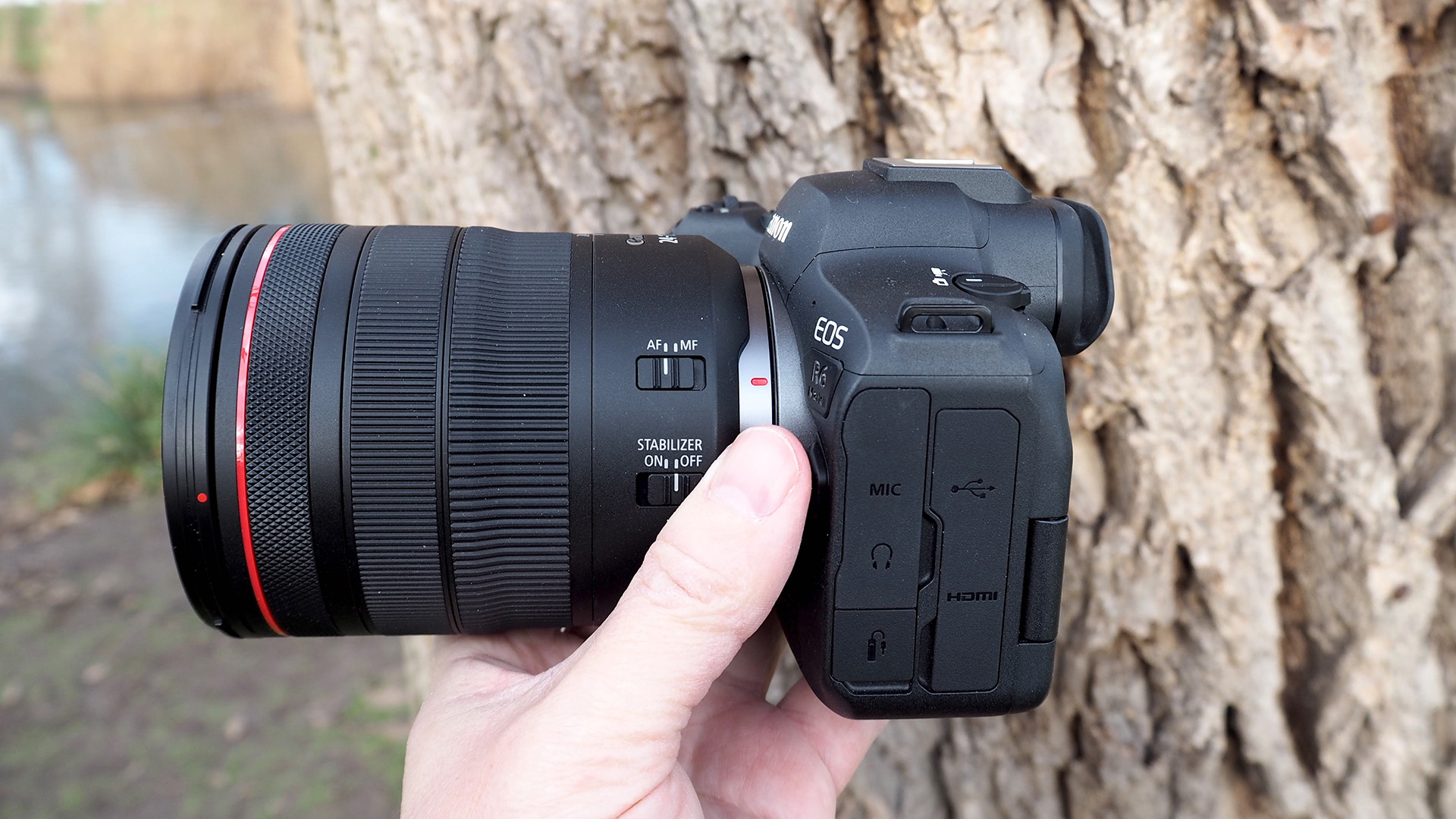
Canon EOS R6 Mark II review: Design and Handling
At first glance, the Canon EOS R6 Mark II very much resembles a compact DSLR, and deliberately so, given its maker’s heritage and desire to tempt existing DSLR owners to re-invest in its newer EOS R mirrorless system. To my mind, that is more obviously the target audience for this camera, as there are more obvious cameras lower down the range for those trading up from a smartphone, or influencers wanting a capable device for content creation. Canon has come up with a class-leading example here, including the ability to shoot up to a whopping 40 frames per second in electronic shutter mode, or a still respectable 12fps with its mechanical shutter firing.
The camera feels as sturdy and robust in the palm as one would expect given the level of specification on offer and price of admission being asked, thanks to the same sort of magnesium alloy construction as its EOS DSLRs. As expected, the EOS R6 II features a multi-function shoe at the top-most point of the camera, allowing for the attachment of an accessory flashgun, including Canon’s recently introduced Speedlite EL-5, for those seeking more professional results in lower light. The camera’s shooting modes can also be linked directly to the flash settings.
While the EOS R6 II body looks DSLR-like, or rather DSLR-lite, it very much handles like a slightly smaller version of one too. There are sufficient dimensions to the grip, allowing me to curl three fingers around it while my forefinger naturally comes to rest against the forward-angled shutter release button, and my thumb comes to rest against the indented pad on the backplate. The backplate buttons encompass the variety I’d expect to find on any DSLR, while the only thing missing is a top plate LCD window that would allow the review of chosen settings, without having to refer to the LCD monitor on the back. I liked the fact that the view through the eye-level electronic viewfinder is detailed and realistic enough to forget that you’re not looking through a traditional analogue optical viewfinder. In short, it feels like everything here is within easy reach, while operation is intuitive and controls fall readily beneath finger and thumb.
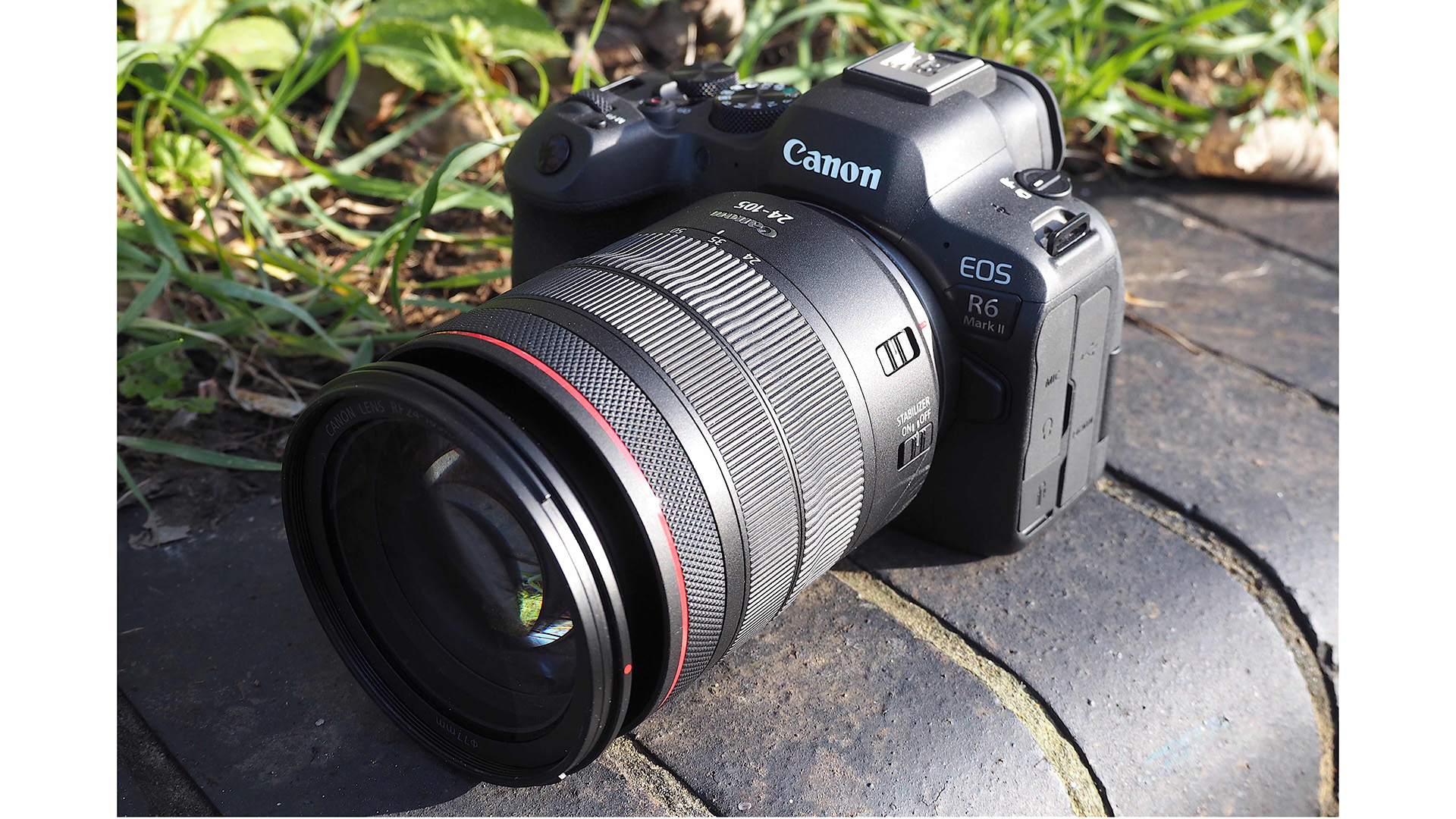
Canon EOS R6 Mark II review: Features
While the ability to blast through frames at a rate of knots appeals to the sports and wildlife specialists for whom that split-second shot can make all the difference, another plus for those shooting handheld is that the EOS R6 Mark II once again has image stabilisation built into its body. Canon is making a world’s best claim for the feature this time around, quoting the equivalent of 8 stops worth of compensation.
Most developments and innovations these past few years have made boosting the speed and accuracy of a camera’s autofocus systems their priority. There’s no exception here. Bringing EOS R cameras bang up to date, the Mark II’s autofocus can now automatically detect a greater range of subject matter, including aircraft, trains and horses.
The other key feature to mention is that the Mark II has had a 20% resolution hike to 24.2 megapixels, as opposed to its predecessor’s 20MP. This may not be the highest on the block, but is, I feel, more than sufficient for anyone prioritising speed of capture over wanting or needing billboard-sized images.
As expected at this level, the camera can almost see in the dark, with a light sensitivity range topping out at ISO102,400 aided and abetted by the aperture of any lens you choose to use. Connectivity-wise, for those seeking wireless transfer, both Bluetooth 5.0 and 5 GHz Wi-Fi features as standard.
Seeking to ensnare content creators of every description, a dedicated on-body switch lets users flip between stills and video capture. Here we get the ability to shoot 4K video in-camera at up to 60fps, or shoot 6K Raw video to an external recorder over HDMI connection, providing a degree of future-proofing.
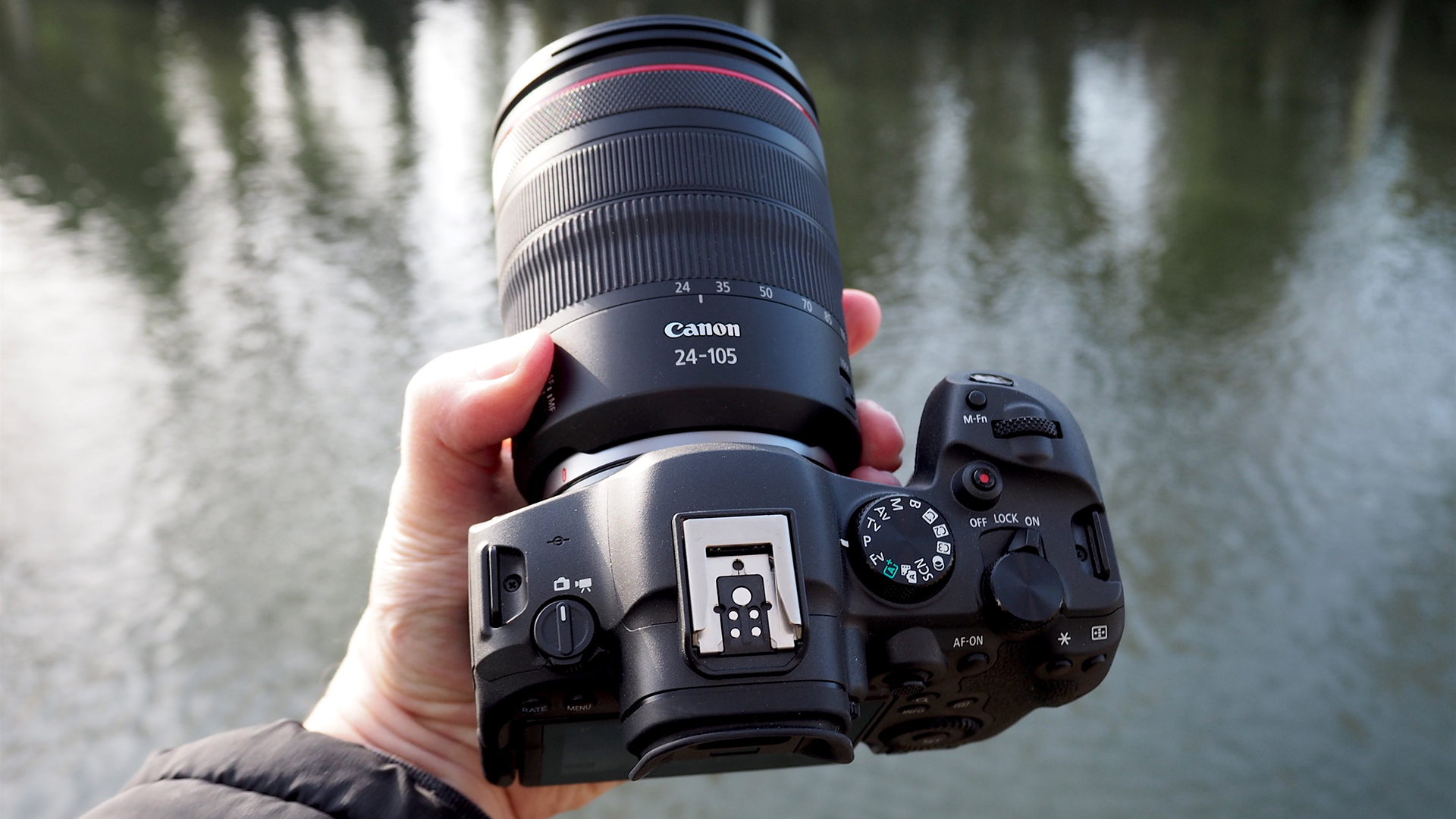
Canon EOS R6 Mark II review: Performance
So how does the Canon EOS R6 Mark II handle out in the field? In a very similar way indeed to the digital SLR it outwardly resembles, shooting in a standard 3:2 aspect ratio and delivering an effective megapixel count of up to 24.2MP. The flip-out LCD screen proves a real boon for getting those tricky low-angle shots, where getting our eye flush against the viewfinder would be awkward.
I was able to point the lens at my subject and twist the screen so that I was looking down on it – a medium format camera type view – while still being able to engage with said subject. While two slots for regular SD cards suit me just fine, there will be some doubtless surprised that Canon hasn’t included support for the speedy alternative of CFexpress, more commonly found in high-end cameras offering high-resolution video. Look to Canon’s EOS R3 higher up its range if you’re seeking CFexpress support, which that camera offers alongside SD.
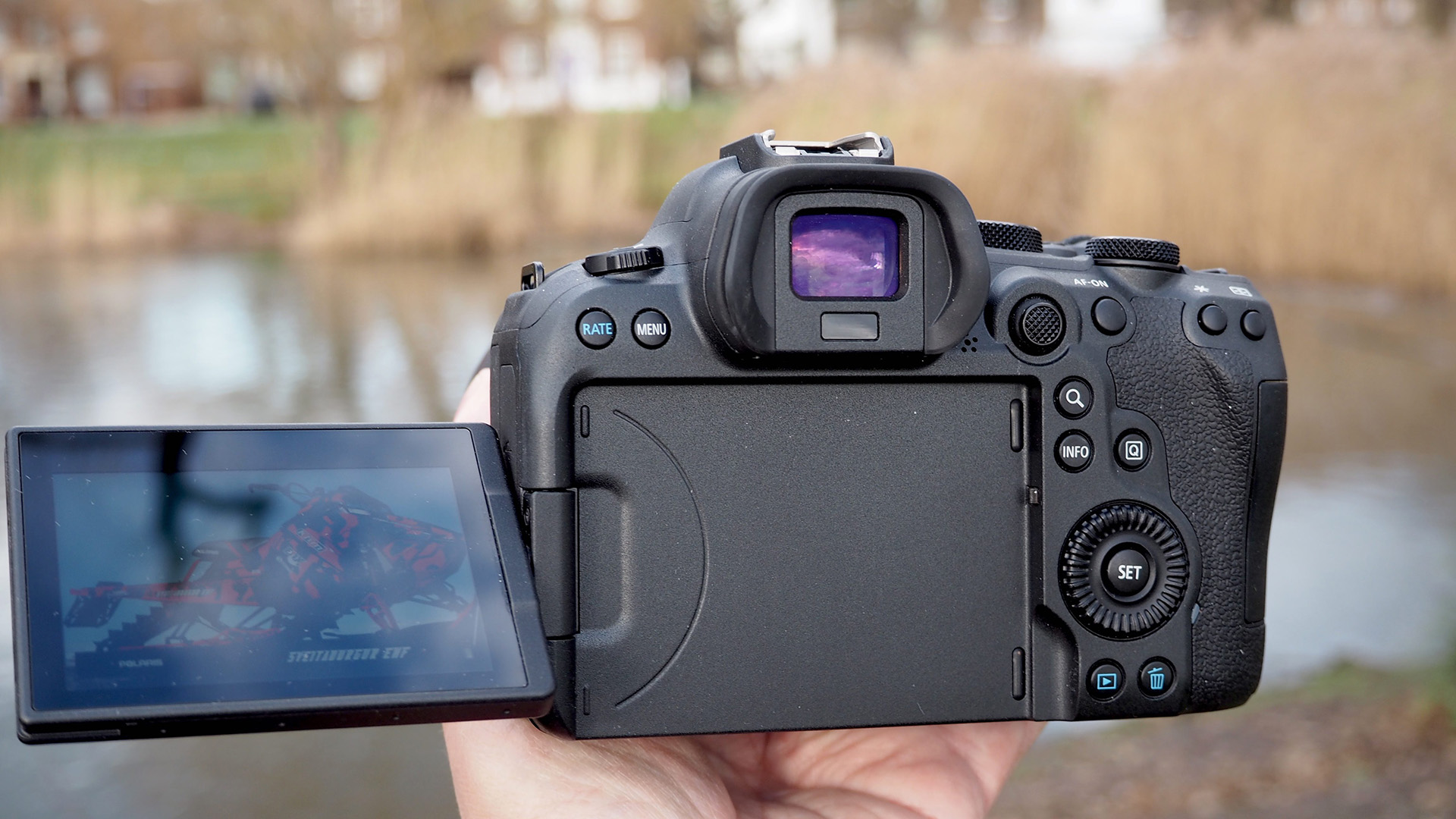
Canon EOS R6 Mark II review: Image samples
As ever, most images straight out of the Canon EOS R6 Mark II benefit from an application of levels and a tweak to contrast. But, this being Canon, colours are faithfully and reassuringly rendered and in tandem with the sensor the 24-105mm zoom lens manages to maintain a shed-load of detail right into the corners of each frame. These results will satisfy all but the most finicky of photographers.


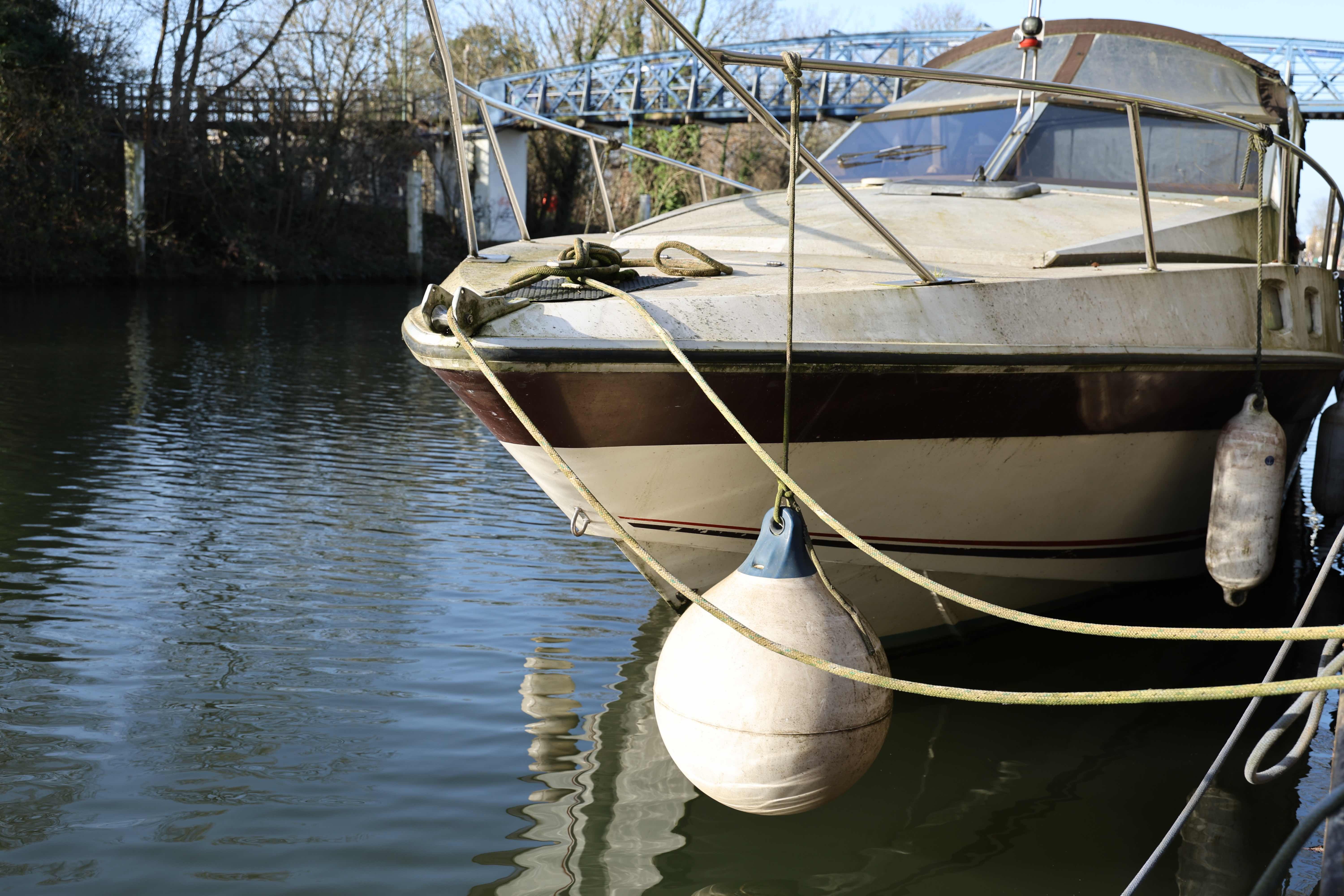

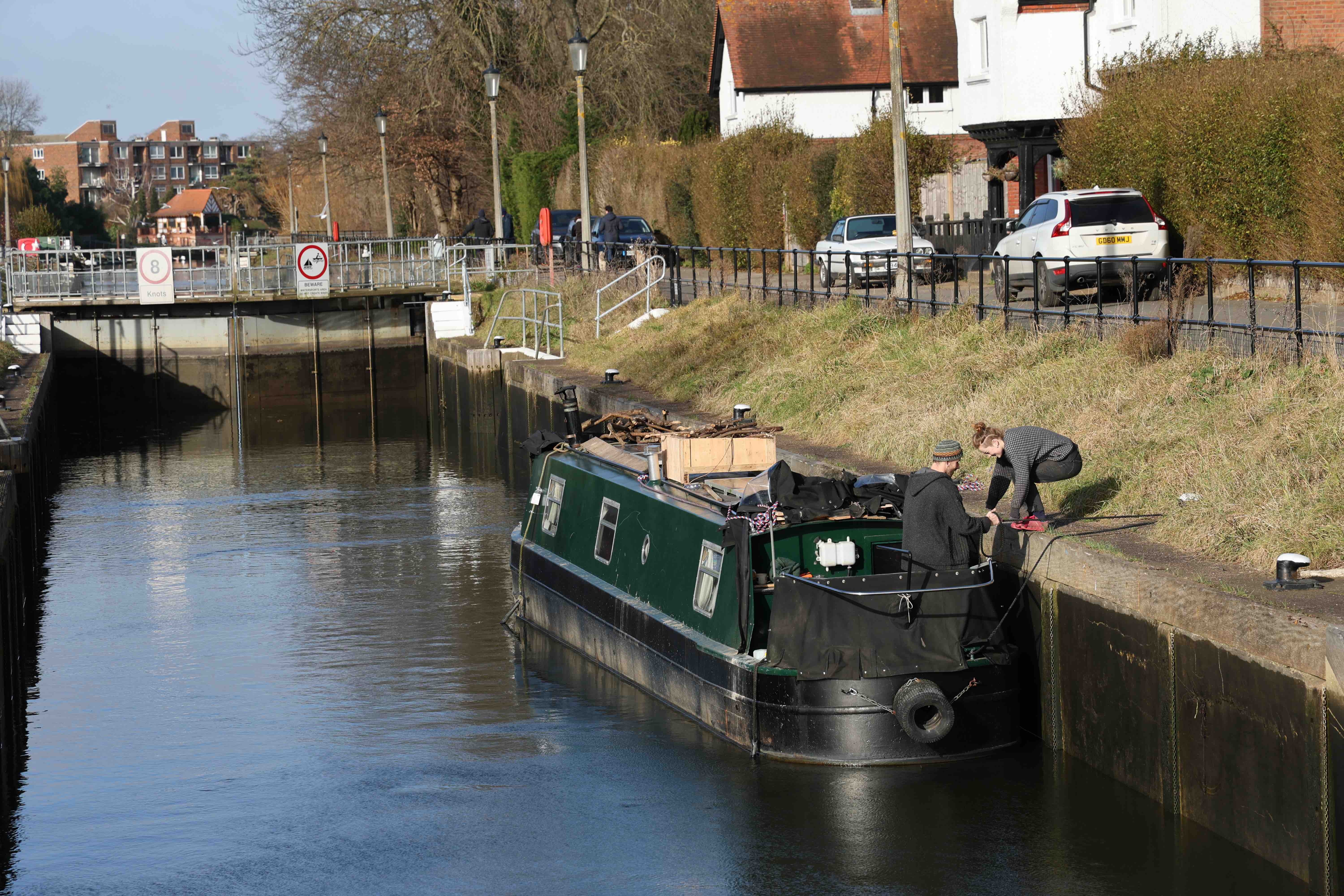

Canon EOS R6 Mark II review: Verdict
While Canon’s fleet of EOS R cameras is currently expanding at a rate of knots, the Canon EOS R6 Mark II sits as its almost ‘top gun’ for those seeking a mirrorless system body that does it all. Not only is it more affordable and portable compared with its maker’s doorstop-like EOS R3 flagship, the EOS R6 Mark II features a lot of the same specification, and, when it comes to capture speed, actually exceeds that camera’s 30fps boast.
Fleet of foot and fleet of capture; that’s the EOS R6 Mark II in a nutshell. Admittedly there’s not the beautiful retro styling of an alternative mirrorless model from Fujifilm or the former Olympus, nor the more minimal design of a Sony, but Canon has put practicality and operability out in front here; plus the ability to create some beautiful full-frame imagery with it.
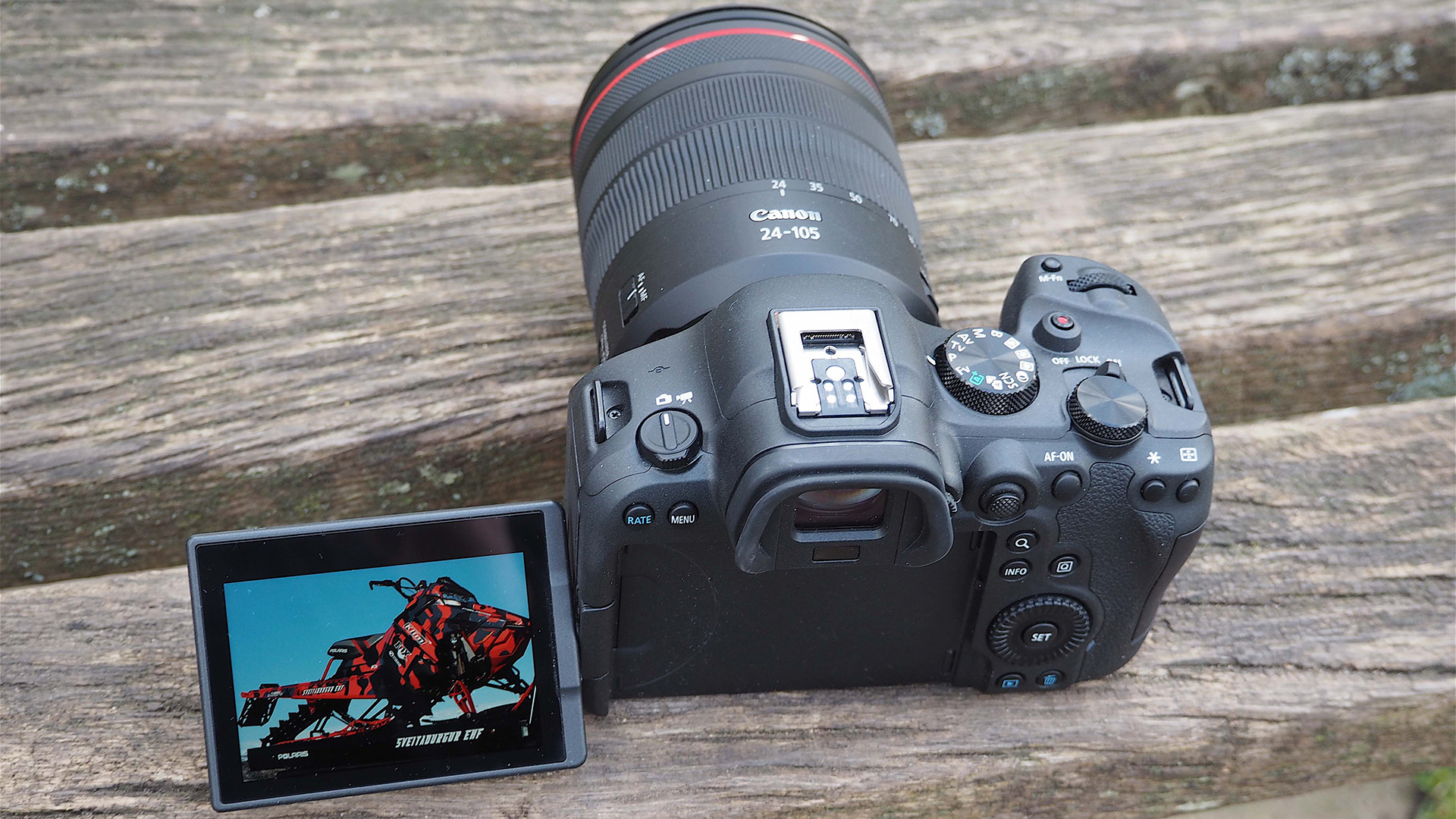
Sign up to the T3 newsletter for smarter living straight to your inbox
Get all the latest news, reviews, deals and buying guides on gorgeous tech, home and active products from the T3 experts
Gavin Stoker has been writing about photography and technology for the past 20 years. He currently edits the trade magazine British Photographic Industry News - BPI News for short - which is a member of TIPA, the international Technical Imaging Press Association.
-
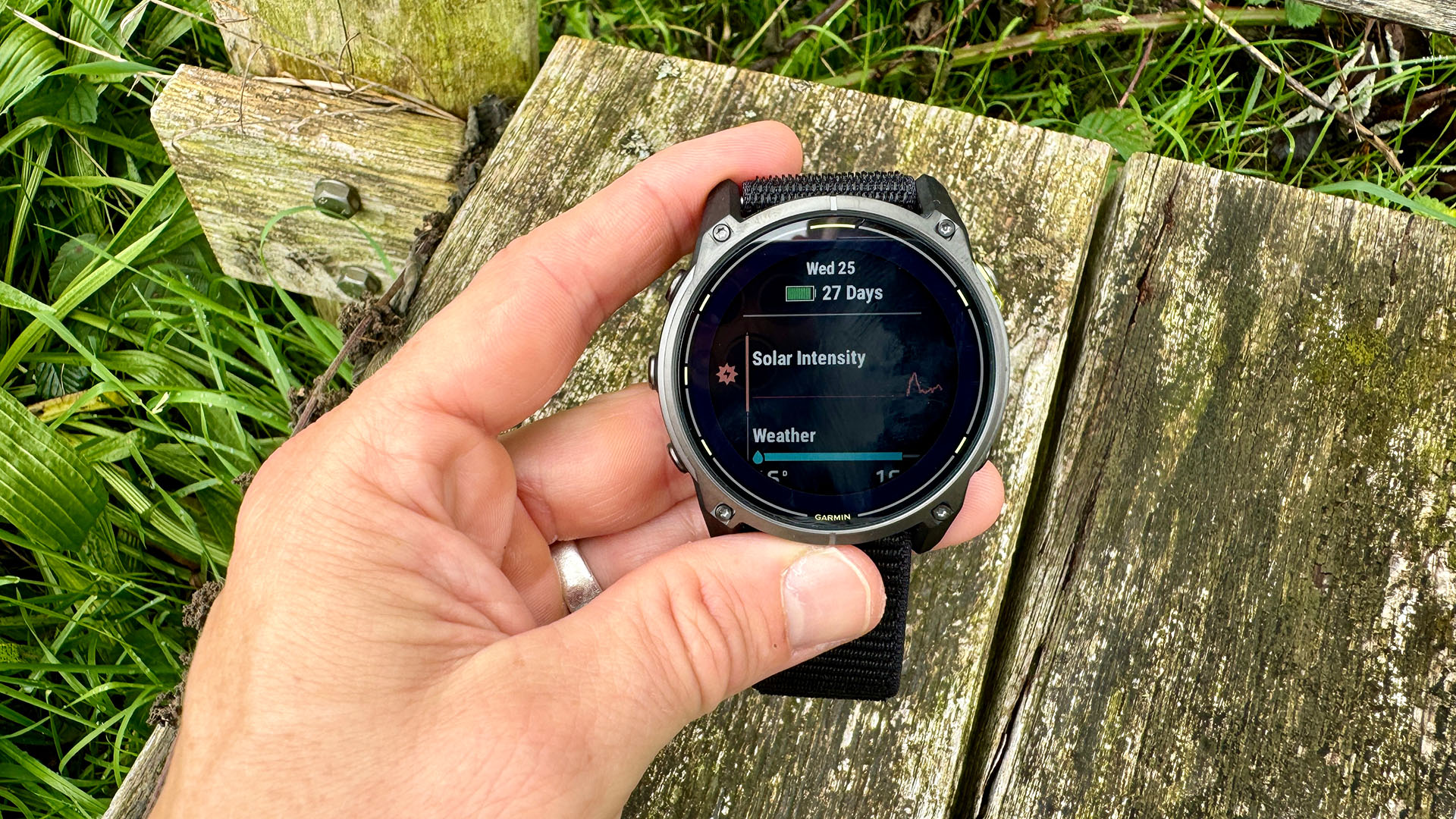 Garmin’s on a mission to update your wrist into oblivion as 100+ tweaks land on Fenix and Enduro watches
Garmin’s on a mission to update your wrist into oblivion as 100+ tweaks land on Fenix and Enduro watchesThe latest beta update looks comprehensive
By Matt Kollat Published
-
 Apple TV+'s beloved sci-fi series gets a surprise sequel and trailer
Apple TV+'s beloved sci-fi series gets a surprise sequel and trailerWondla is coming back
By Max Freeman-Mills Published
-
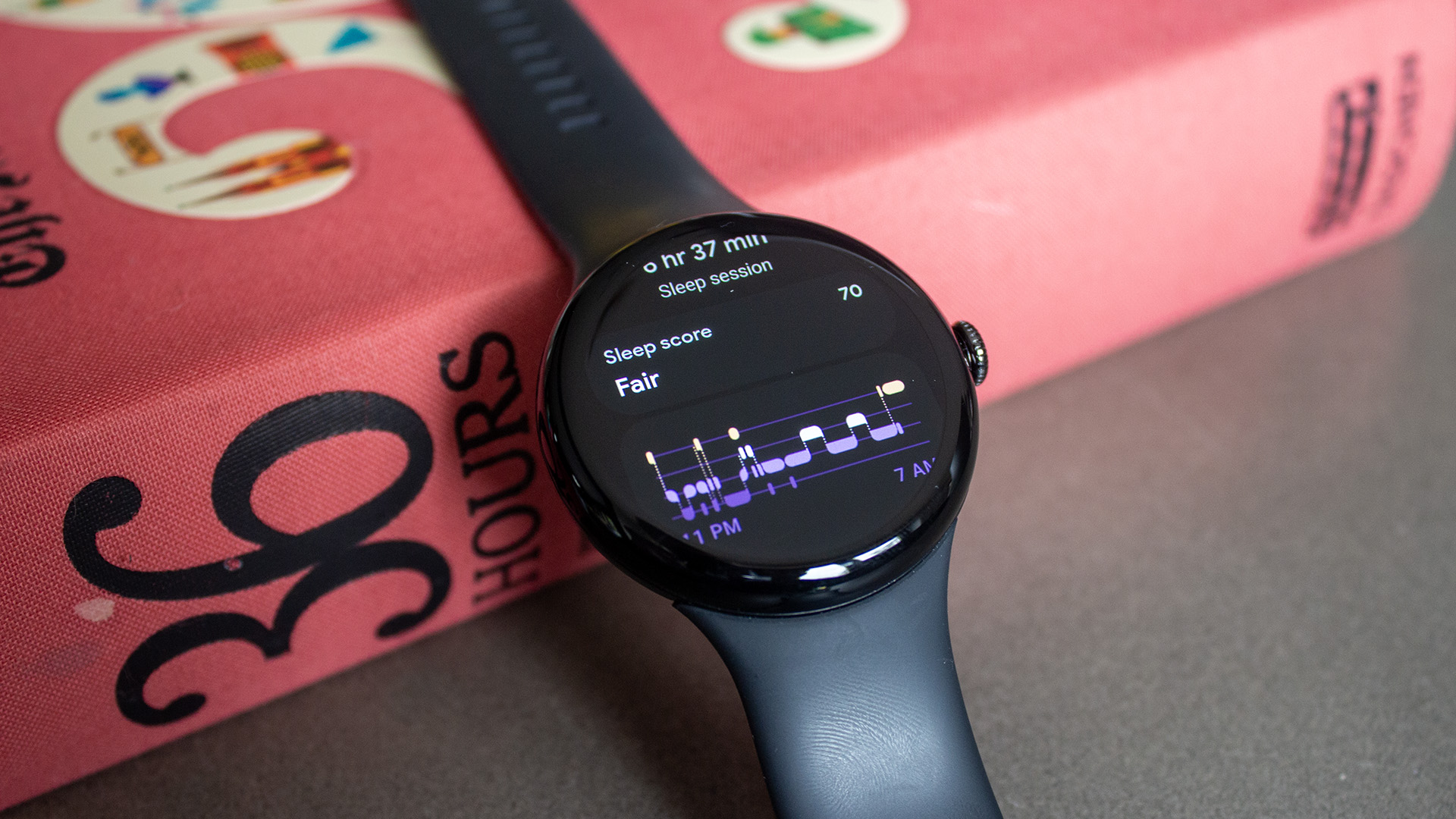 Google Pixel Watch 3 just got a potentially life-saving update in the US
Google Pixel Watch 3 just got a potentially life-saving update in the USThe latest update brings advanced heart monitoring to American wrists
By Matt Kollat Published